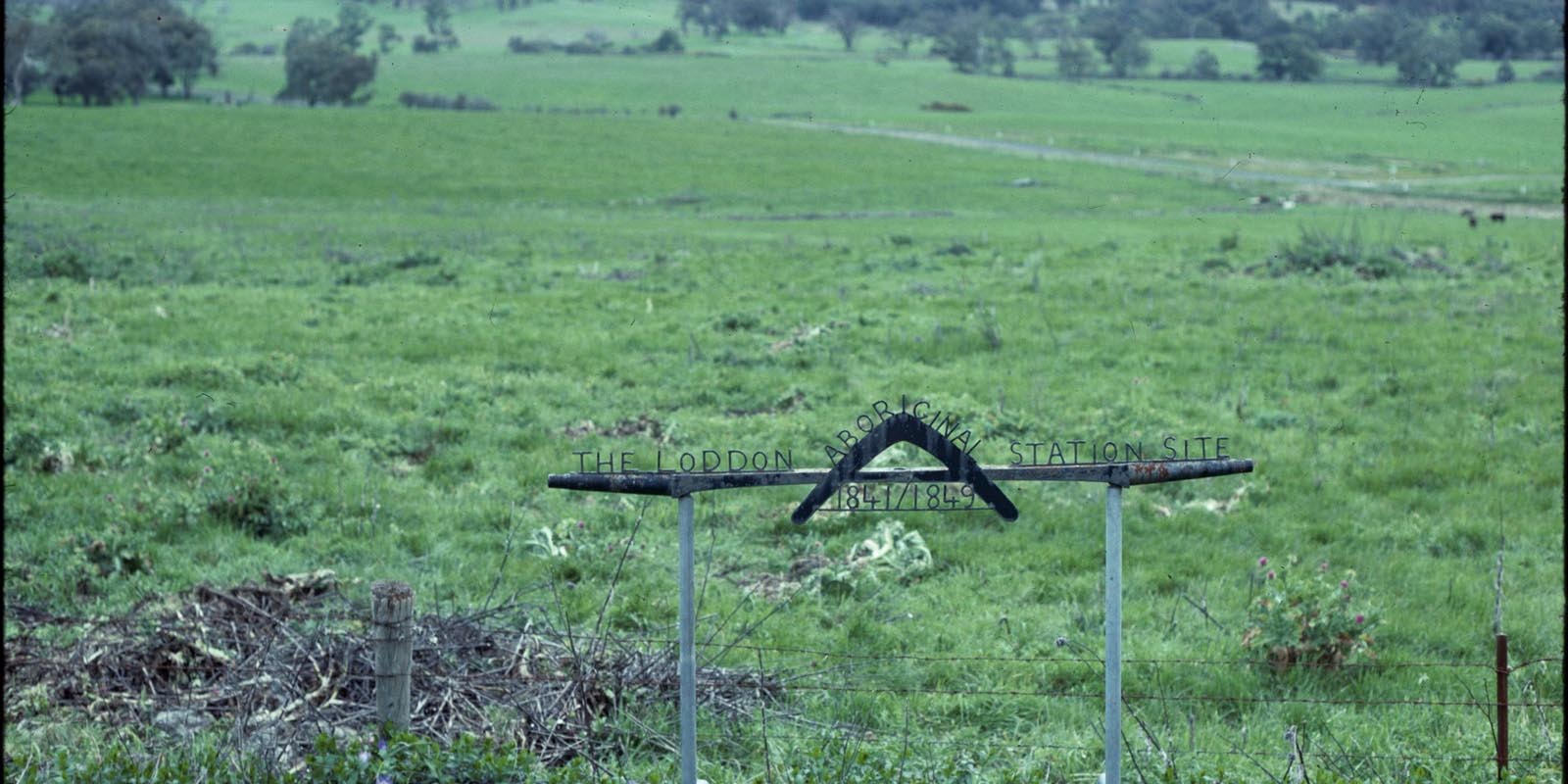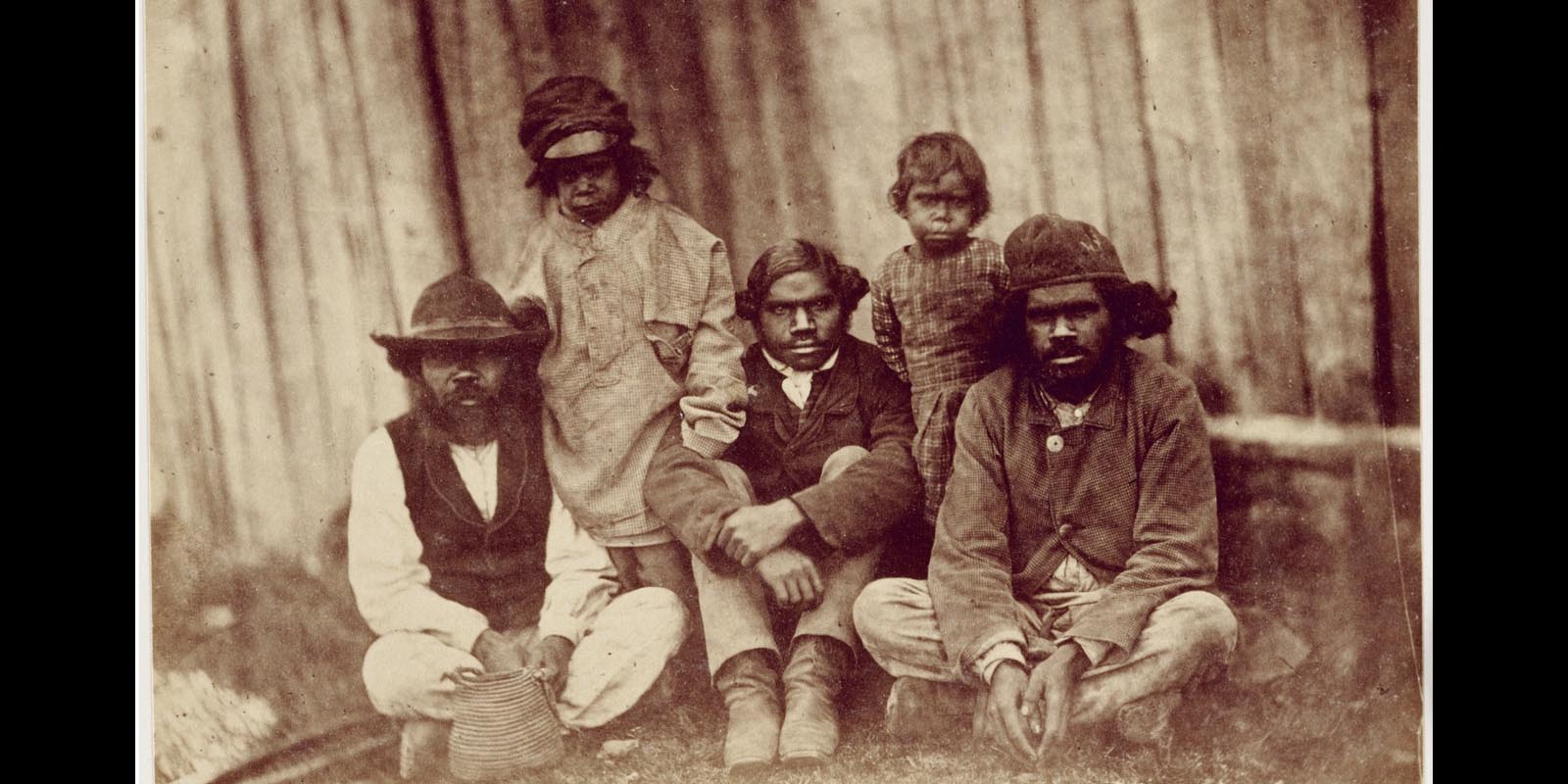The Loddon Aboriginal Protectorate Station is located on Dja Dja Wurrung Country, specifically on the northern side of Mount Franklin, the area is known to the Dja Dja Wurrung people as Larne-ne-barramul or the habitat of the emu.
To learn more about Aboriginal stations check out our history timeline entry Creation of reserve system.
Opening
Edward Parker officially established the Loddon Protectorate in 1841 at Franklinford. Parker was one of four assistant protectors working under chief protector George Robinson. The site for the protectorate changed a few times between 1838 and 1841 before Parker finally settled on Franklinford. Crown land was set aside with a reserve of 640 acres for cultivation and an open area so the Aboriginal residents could continue to hunt.
Parker and his family seemed to have a good relationship with the residents. In two separate incidents, one in 1840 and another in 1841 Parker attempted to prosecute a group of men for the killing of Aboriginal people in the area, however both of these cases fell through as the courts would not listen to the evidence of Aboriginal people. Following this in 1842 when Mrs Parker passed away the residents were said to go into a deep mourning for her.


The Loddon Aboriginal Station Site, Franklinford. Image source: State Library Victoria.
Closure
In 1849 it was recommended by a select committee that Loddon station be shut down. As a result, Chief Protector Robinson and the four assistant protectors including Parker were let go from their roles. Many members of the Dja Dja Wurrung people remained living in the area until the 1860’s when they were removed from the site and made to live at Coranderrk.


Aboriginal farmers at Parker's Protectorate, Mt. Franklin. Image source: State Library Victoria.
Sources
- Heather Holst, ‘Save the people’: ES Parker at the Loddon Aboriginal Station
- EGold, The Loddon Protectorate
- EGold, Parker, Edward Stone (1802 - 1865)
